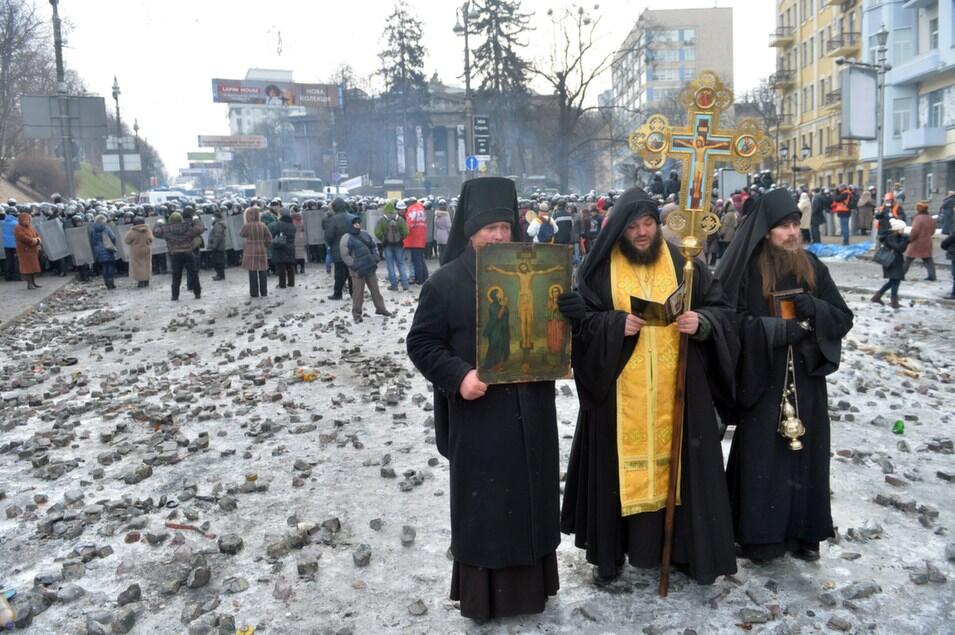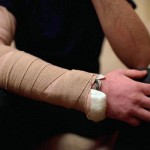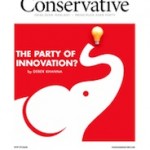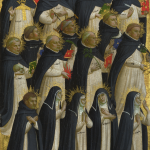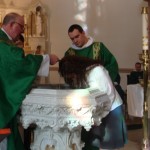In 2014, I’m reading and blogging through Pope Francis/Cardinal Bergoglio’s Open Mind, Faithful Heart: Reflections on Following Jesus. Every Monday, I’ll be writing about the next meditation in the book, so you’re welcome to peruse them all and/or read along.
In this week’s chapter, Pope Francis talked about evangelization being more than simple explanation of the Gospel:
Whatever form it takes, our task as bearers of the epiphany always goes beyond the simple acts of transmitting a message, relating a verifiable history, or proving some truth. When fully accepted, the epiphany of God becomes flesh in the life of the disciple in such a way that it can be transmitted only from this “incarnation.” That is to say, it can be transmitted to others not by words of flesh and blood, not by human wisdom, but only by the scandalous inevitability of the cross; it can be transmitted only by martyrion, by bearing witness…
As disciples, we replicate in some way the very mystery of Christ’s epiphany. By bearing witness, we produce light that provokes joy, and from the joy flows glory. This is the essence of bearing testimony: stirring praise and adoration of the Father through the joy that invades the hearts of those who see and hear the message.
This weekend, I wound up at a bookclub run by some Orthodox Christian friends of mine to discuss Karl Marx’s “On The Jewish Question,” and our conversation naturally drifted to what, if any, role the Christian should play qua Christian in politics and civic life. The priests in Ukraine who interposed themselves between soldiers and revolutionaries seemed to offer one good answer, as well as an illustration of the kind of martyrion that Pope Francis endorses.
By walking into the no-man’s land between the two sides, the priests are offering the combatants something to look at that is not an enemy. Technically, the people on the opposing side are also not our enemies, but our (possibly misguided/dangerous) neighbors, but the priests are probably easier to recognize as brothers in the moment. By walking out into the firing solution, they telling the fighters that they would rather endanger their bodies than see the people on either side endanger their souls.
They’re separating the two sides in a different way than a wall would. They walked into the field wearing icons, holding crucifixes, and wearing vestments. It’s impossible to look at them without being reminded that the world is larger than the square where the battle is taking place. There is noting utilitarian or matter-of-fact about the beautiful things they are holding and wearing; the vestments themselves are a rebuke that reminds the forces arrayed across the square that it is better to lift up an icon than a rifle.
These men are a witness to joy.

